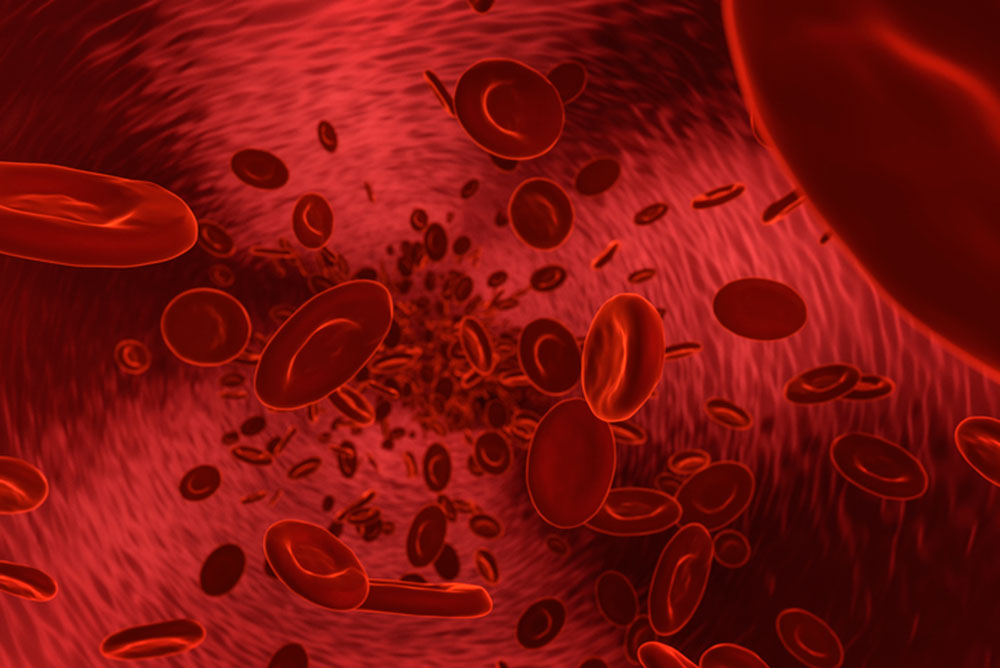
iStock
By Mary Carpenter
AT HER annual physical exam, C.W.’s internist suggested she think about the “cancer blood test” called Galleri —even handing her a leaflet to take home. What interests physicians in the handful of multicancer early detection (MCED) tests is the possibility of finding more than 50 types of cancer—early enough to treat and even cure; and, in Galleri specifically, that the British national health system is now conducting a huge research study to determine which people might benefit.
“Because the English system is known for cost-consciousness, we are paying attention,” said DC internist S.P. Most U.S. insurers, including Medicare, do not currently cover the $1,000 to $1,600 cost of the Galleri test. Among questions the NHS-Galleri trial hopes to answer, according to Healthline , is “one of the big unknowns …whether or not using it as part of cancer screening will help to improve people’s outcomes and save lives.”
The best target population, with the so-called “highest yield”— referring to age- and risk-groups —is another important question. Also as noted in news articles, the Galleri leaflet refers to “adults with an elevated risk for cancer, such as those aged 50 or older.” Ultimately, figuring out the target population depends on identifying not just which cancers the tests detect, but those for whom early detection can result in a cure.
“Someday this [blood testing for cancer] will become routine for people who are at high risk. But we’re not there yet,” Director of Scripps Research Translational Institute Eric Topol told Bloomberg. Also, the best cancer blood testing may ultimately involve a combination of existing MCED tests, which, Topol said, “have taken pretty drastically different approaches.” MCED tests “may not work as well as a colonoscopy or mammogram,” American Cancer Society’s Chief Scientific Officer William Dahut told Bloomberg. Looking for some of the most common cancers, these traditional tests can also locate pre-cancerous cells in polyps or lumps, which can be removed during the test or soon afterwards to reduce the risk of cancer.
The expectation for MCED tests, however, is that they will supplement traditional assessments because they can pick up signs of less common cancers for which doctors don’t usually screen or with symptoms that are harder to diagnose. With ovarian cancer, for example, a doctor performing a pelvic exam cannot easily feel a small tumor because of its location within the body. Also difficult to detect are more than 70 soft-tissue sarcomas, which form in tissues that connect, support and surround other structures and can include muscle, fat and nerves.
MCED testing’s main advantage is the ease of adding it to a routine doctor’s office visit. But a major concern is the possibility of unreliable results. False-negative results would create a false sense of security if the test failed to detect cancer—either because the MCED testing is unable to detect all types of cancer or because it can be inaccurate in detecting cancer-related signals.
False-positive results, which would incorrectly indicate that cancer is present, are another risk, because these could cause unnecessary anxiety and lead to additional testing. A 2021 British “validation” study, however, assessed the Galleri test’s accuracy in 2,823 people with a known cancer diagnosis compared to 1,254 healthy people. The study found 99.5% specificity, or accuracy, in determining when a person had no cancer-related signals, making the risk of false-positives impressively low.
Importantly, the Galleri test correctly identified the cancer’s origin site in 88.7% of study participants already diagnosed with cancer—a determination that can take a week or more using current methods, which can sometimes fatally delay the beginning of treatment. With an overall sensitivity in correctly detecting cancer at 51.5%, the test’s sensitivity increased as cancers became more advanced.
Given to asymptomatic adults at higher risk for cancer, MCED tests look for proteins or genetic factors, for example in “cell-free” or circulating DNA that has been released from cells—which reveal patterns of changes that indicate the presence of cancer as well as where the cancer started.
Traditional blood tests that can reveal signs of cancer include the complete blood count (CBC) that measures types of blood cells (platelets, red blood cells and white blood cells), but are mainly useful for “blood cancers,” such as leukemia and some lymphomas. And different blood tests, usually performed only when symptoms suggest cancer, look for “tumor markers” that are produced either by cancerous cells or by the body’s normal cells in response to cancer; or for proteins, immunoglobulins released by the immune system in response to specific cancers.
For me, the possibility of finding cancer early enough to cure makes MCED testing hard to resist. But I am hesitant because of the high price tag and because the results provide only a single snapshot in time: the possibility that new cancer cells could begin growing the next day suggests the need for repeat testing on a regular basis. As a result, I will wait for insurance coverage, expected in the next year or so based on results from the British study. Recently attempting to schedule a colonoscopy, on the other hand, I found that the first appointment was not available for five months.
—Mary Carpenter regularly reports on topical subjects in health and medicine.

Mary, fascinating, and I think a much needed addition to regular screening as we all get older. Medicare should pick this up for everyone. It’s a lot less expensive than chemotherapy and surgery. Early detection is what the goal should be and the accuracy rate seems remarkable.